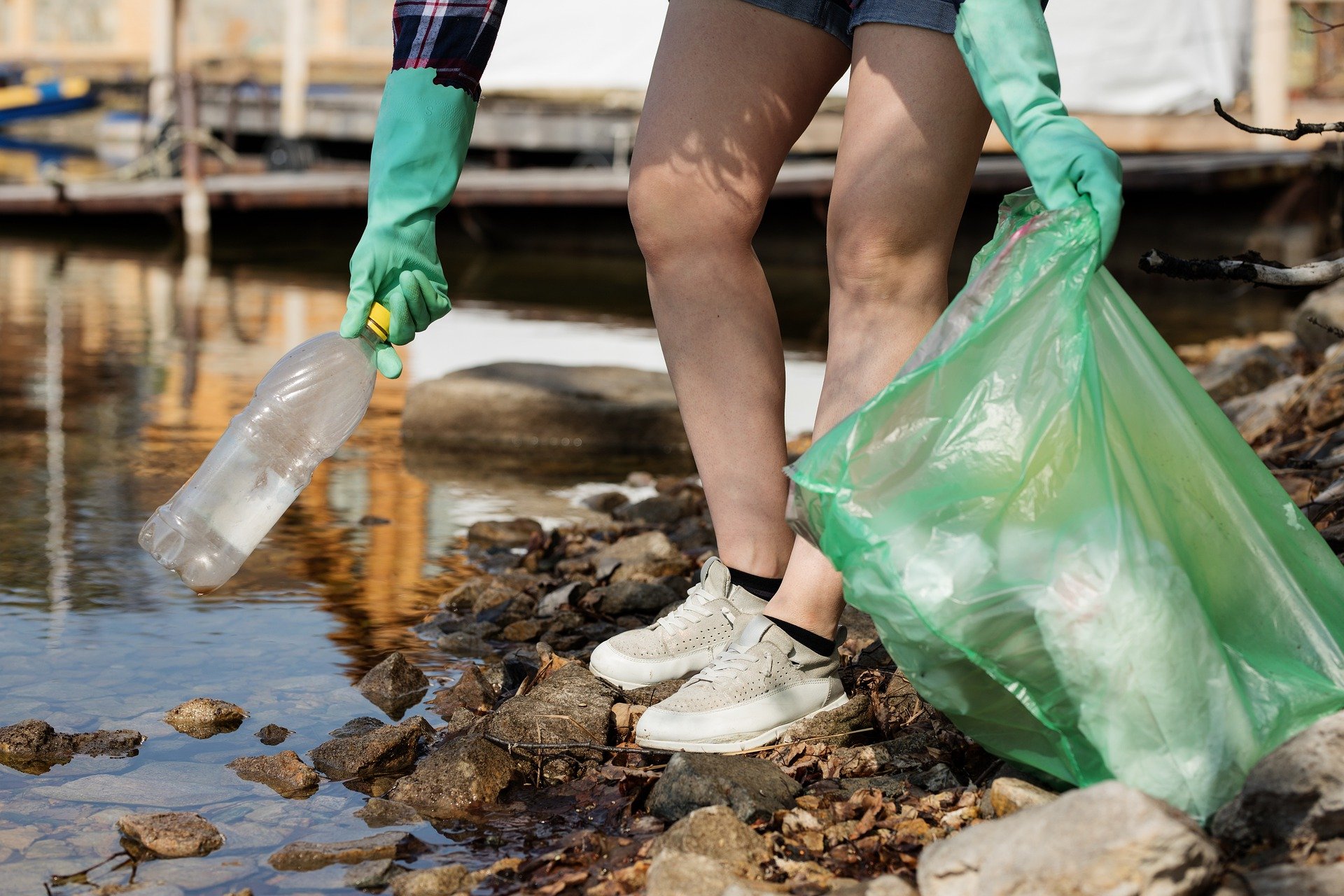Plastic Offsets : An Emerging Tool
As more companies and governments make commitments to address plastic pollution, several plastic offsets for claims and credit programs have emerged. By addressing plastic leakage through plastic credits, companies and individuals can take transparent and accountable action for their impact, and drive financing to plastic waste collection & recycling infrastructure. Each Plastic Credit represents one tonne of plastic waste that otherwise would not have been collected or recycled.
There are two types of plastic credits: waste collection credits and waste recycling credits. These programs focus on plastic collection and recycling with the goal of cleaning up ocean plastics, as well as promoting plastic circularity. Plastic circularity refers to keeping plastic in use for as long as possible and not introducing new plastics. In a 2021 report on the emerging standards and frameworks for evaluating plastic offsets and projects, the Circulate Initiative assessed the overall state of the market for plastic offset credits, noting that buyers should remain cautious and review plastic offset credits carefully.
Although nascent, the carbon offset market provides a rough roadmap for how the plastic offset market might mature. As Circulate Initiative points out, the plastic offset market intermediaries need to:
- adopt a universal definitional framework;
- agree harmonized standards for evaluating projects;
- agree to meet compliance best practices; and
- incorporate considerations for livelihoods infrastructure and climate; and
- use a relevant and consistent methodology for measuring impact claims beyond existing baseline efforts without investment in solutions or purchasing credits.
Critical to these efforts are developing a UN Treaty that:
- addresses the entire plastics lifecycle and prioritizes designing out waste before it is created;
- sets global standards, defines success, and establishes common regulations to ensure equal treatment for a globally operating industry; and
- empowers participating countries by giving them the tools, knowledge, and robust frameworks.
With an improved voluntary crediting system and agreed multilateral, multinational principles and goals; the potential to reduce the annual volume of plastics entering the oceans by 80% and reduce greenhouse gas emissions by 25% may come within reach.

